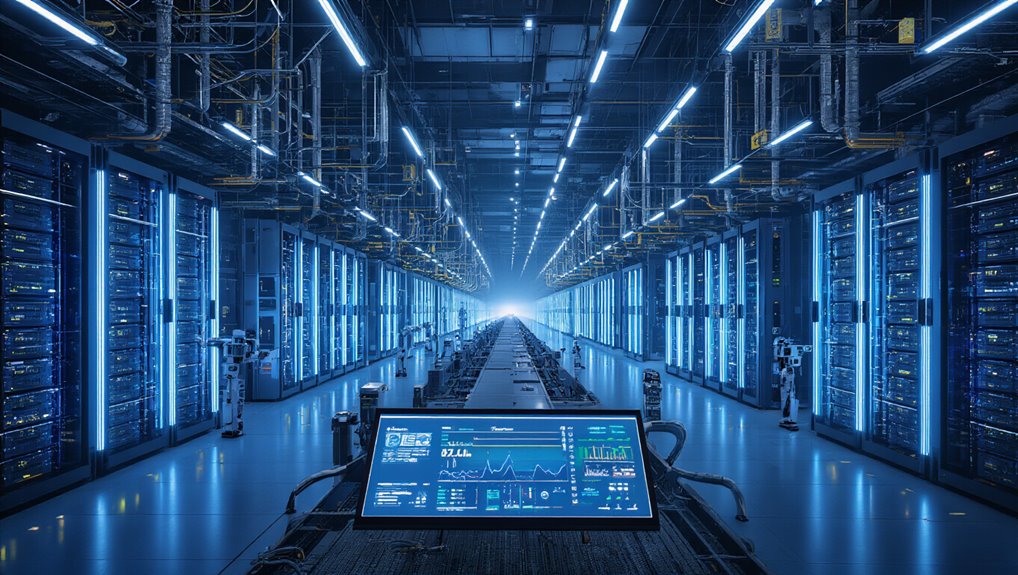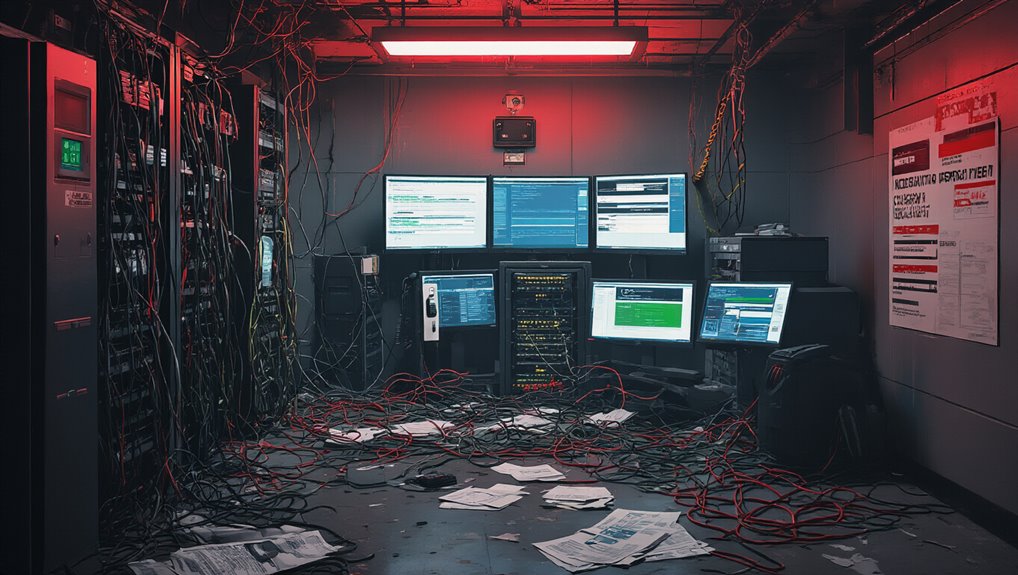As the artificial intelligence revolution accelerates across industries, the infrastructure supporting AI systems faces unprecedented scaling challenges. Data centers worldwide are struggling to keep pace with exponential compute demands that could require $500 billion in capital expenditure by 2030. This surge is driven by hyperscalers planning to invest $1 trillion in data centers within three years, while simultaneously the top 47 investor-owned utilities are expected to exceed $1 trillion in infrastructure spending from 2025-2029.
The numbers tell a compelling story about infrastructure pressures. US data centers consumed 4.4% of electricity in 2023, but this could reach 12% by 2028 due to AI workloads. Rack power density has doubled to 17 kW, greatly increasing cooling requirements. Traditional IT infrastructures simply cannot handle the complex workloads of modern AI systems without significant overhauls. This explains why 79% of enterprises report mounting pressure to enhance data center sustainability, with over half willing to pay 11-20% premiums for renewable energy or carbon offsets.
Enterprises are adapting by implementing hybrid deployment strategies. Using cloud resources for training while deploying edge computing for real-time processing optimizes both cost and performance. This approach is vital as AI is expected to power 95% of IT projects by 2025. Edge computing reduces bandwidth requirements and latency—essential factors for autonomous systems and IoT applications. Businesses implementing system integration report up to 67% higher sales close rates and significantly improved operational efficiency across AI deployments.
New business models are emerging that combine AI data centers with power infrastructure to stabilize grid demand while accelerating capacity buildout. Projections indicate power demand for AI data centers could grow from 4 gigawatts today to an astounding 123 gigawatts by 2035. Advanced cooling technologies, particularly liquid cooling, have become necessary investments as traditional air cooling cannot manage heat dissipation from AI hardware. Additionally, hyperscalers are shifting focus from AI training to inference workloads to optimize infrastructure utilization.
Companies must continuously assess ROI when deploying AI infrastructure, prioritizing applications with measurable impact. Large enterprises already report 10-25% EBITDA gains from AI-driven workflow automation.
As technology budgets increasingly shift toward AI—potentially reaching 50% allocation for AI agents and foundational infrastructure—organizations must balance ambitious growth with pragmatic, efficient scaling approaches that guarantee both performance and financial sustainability.









